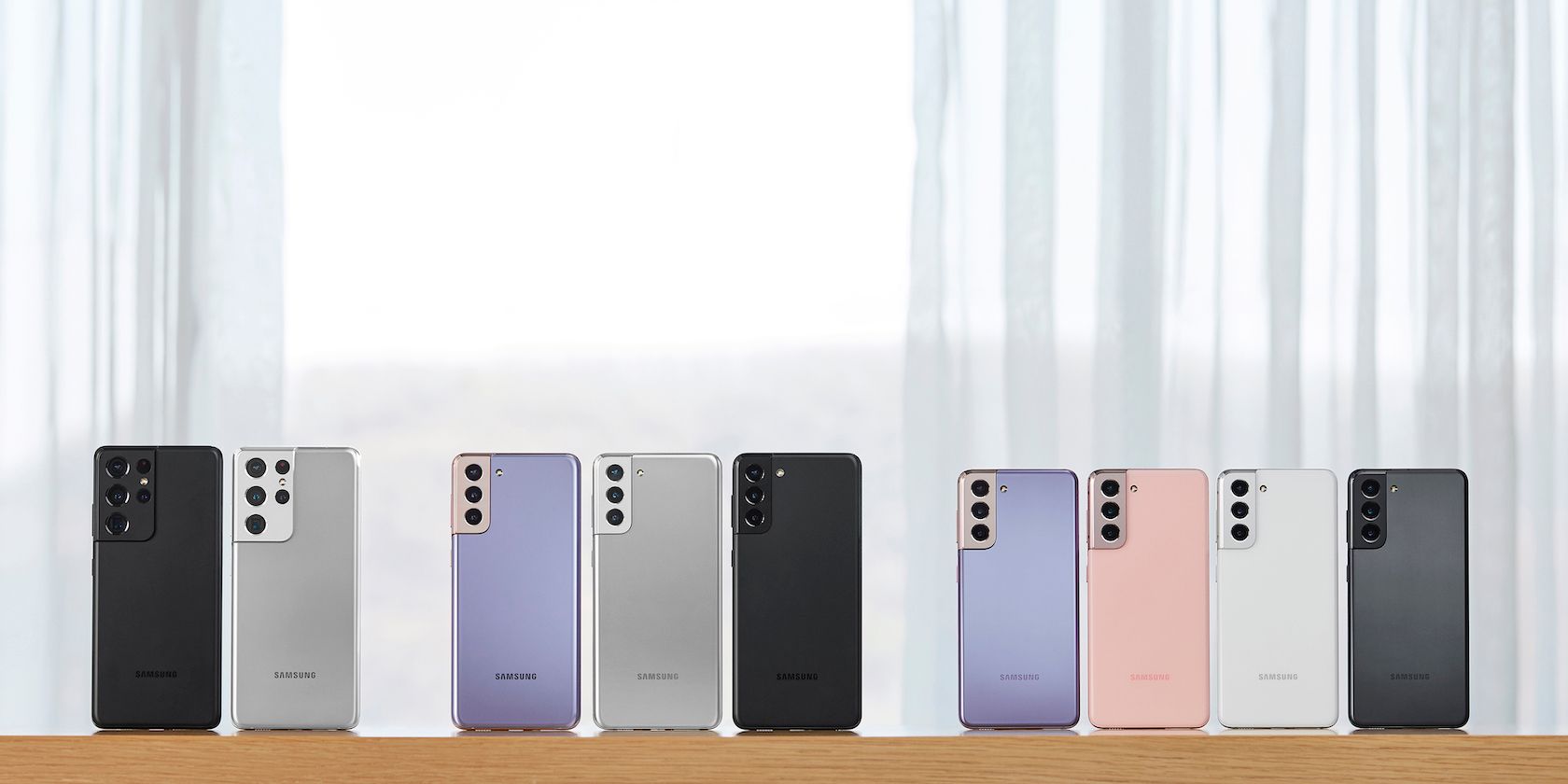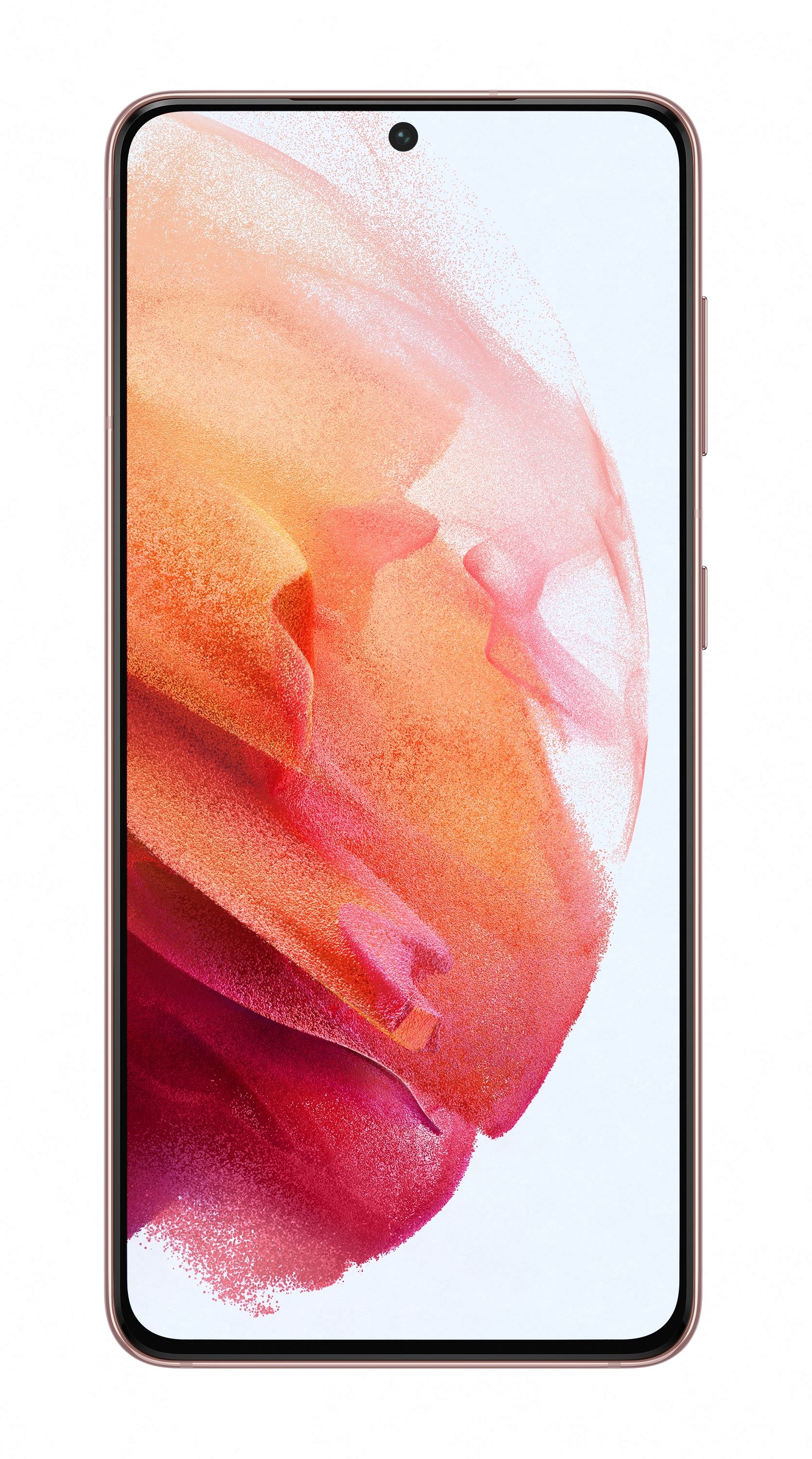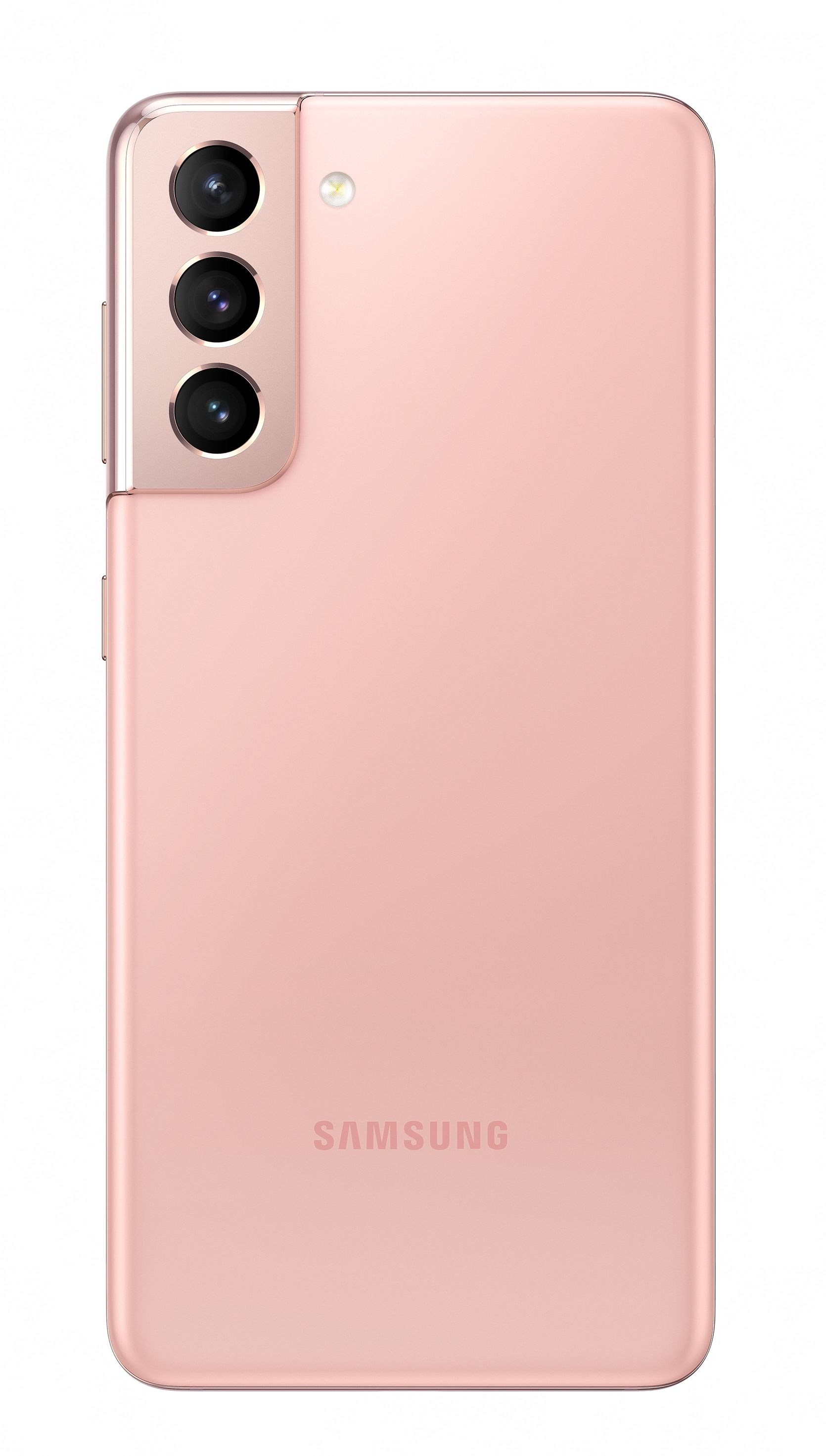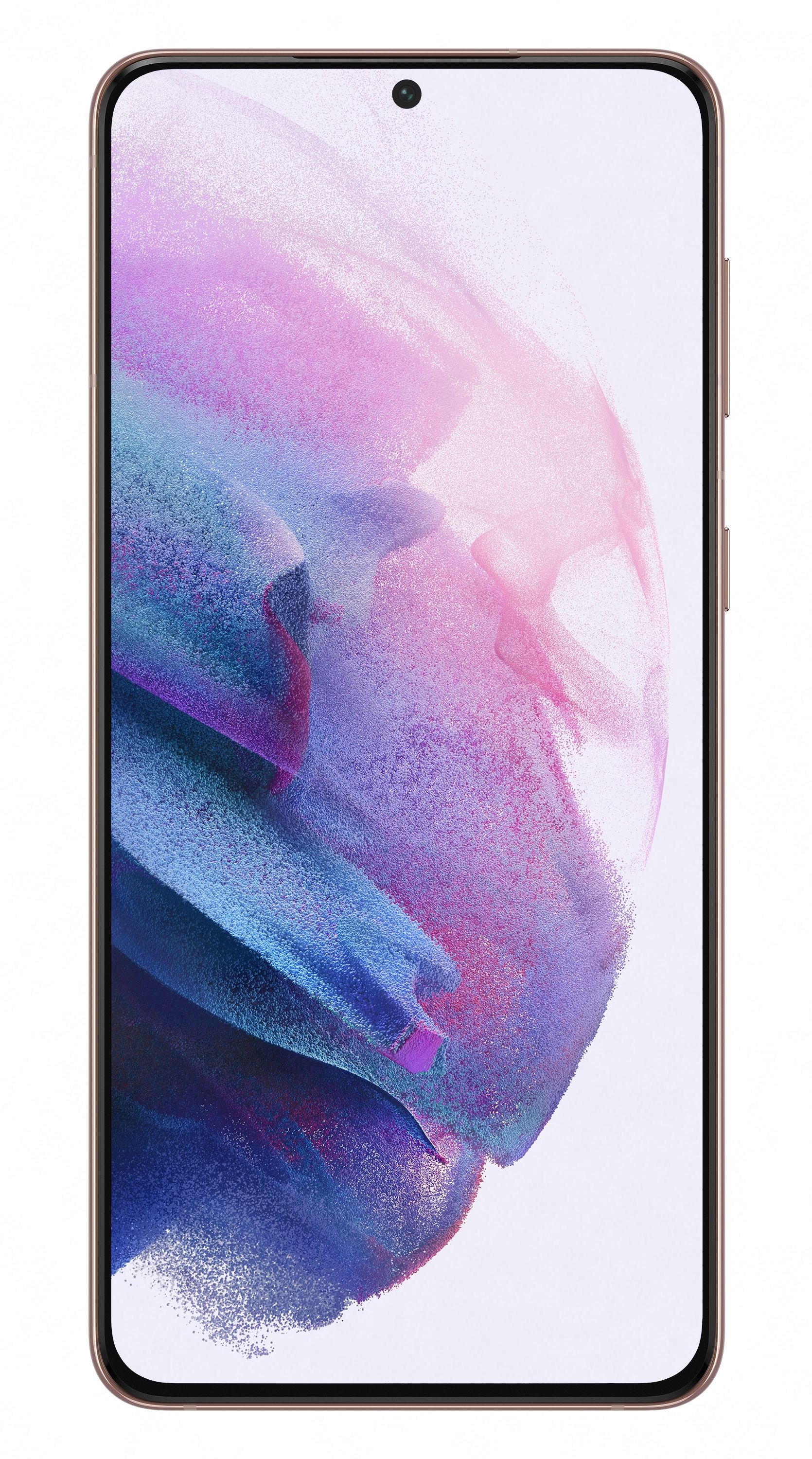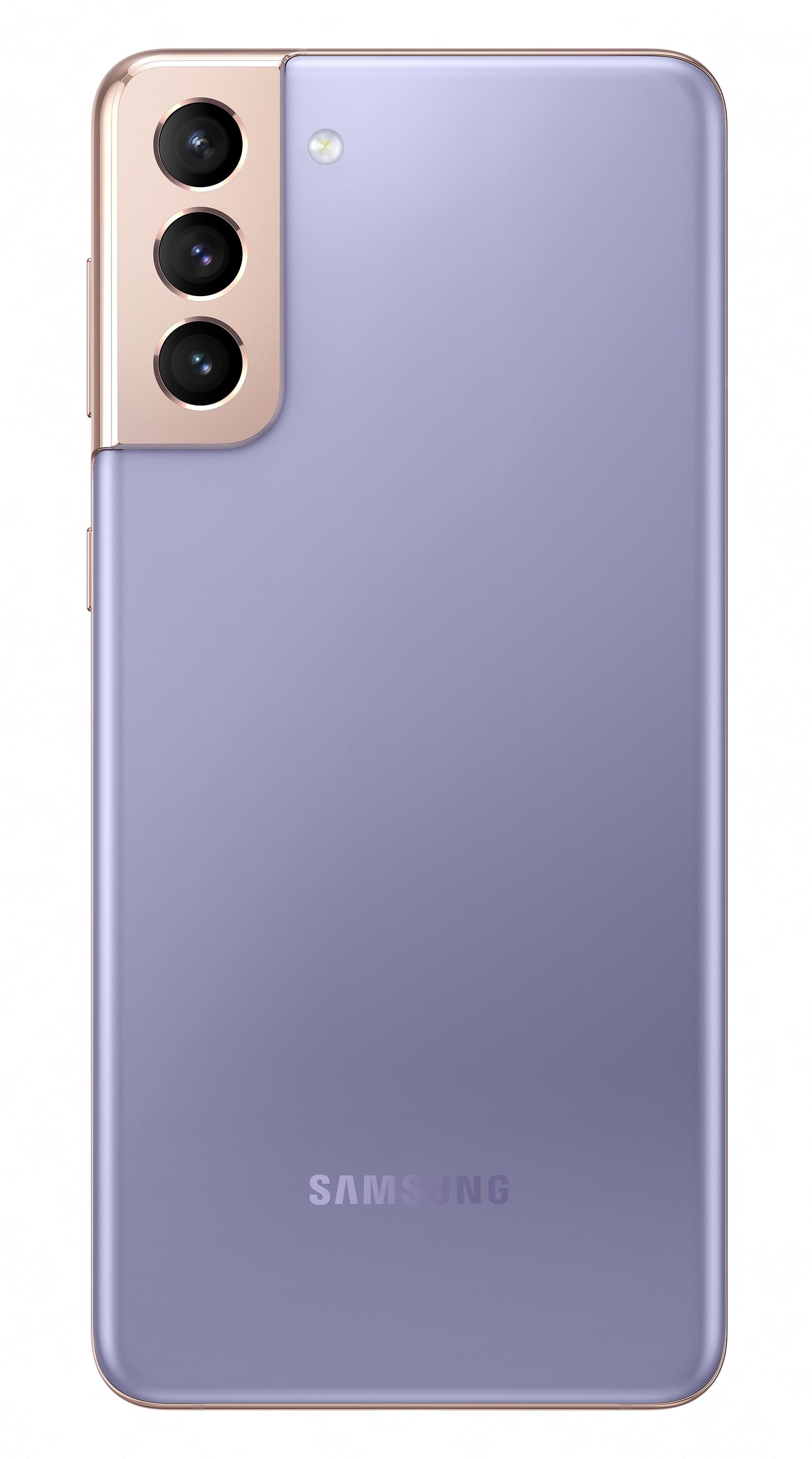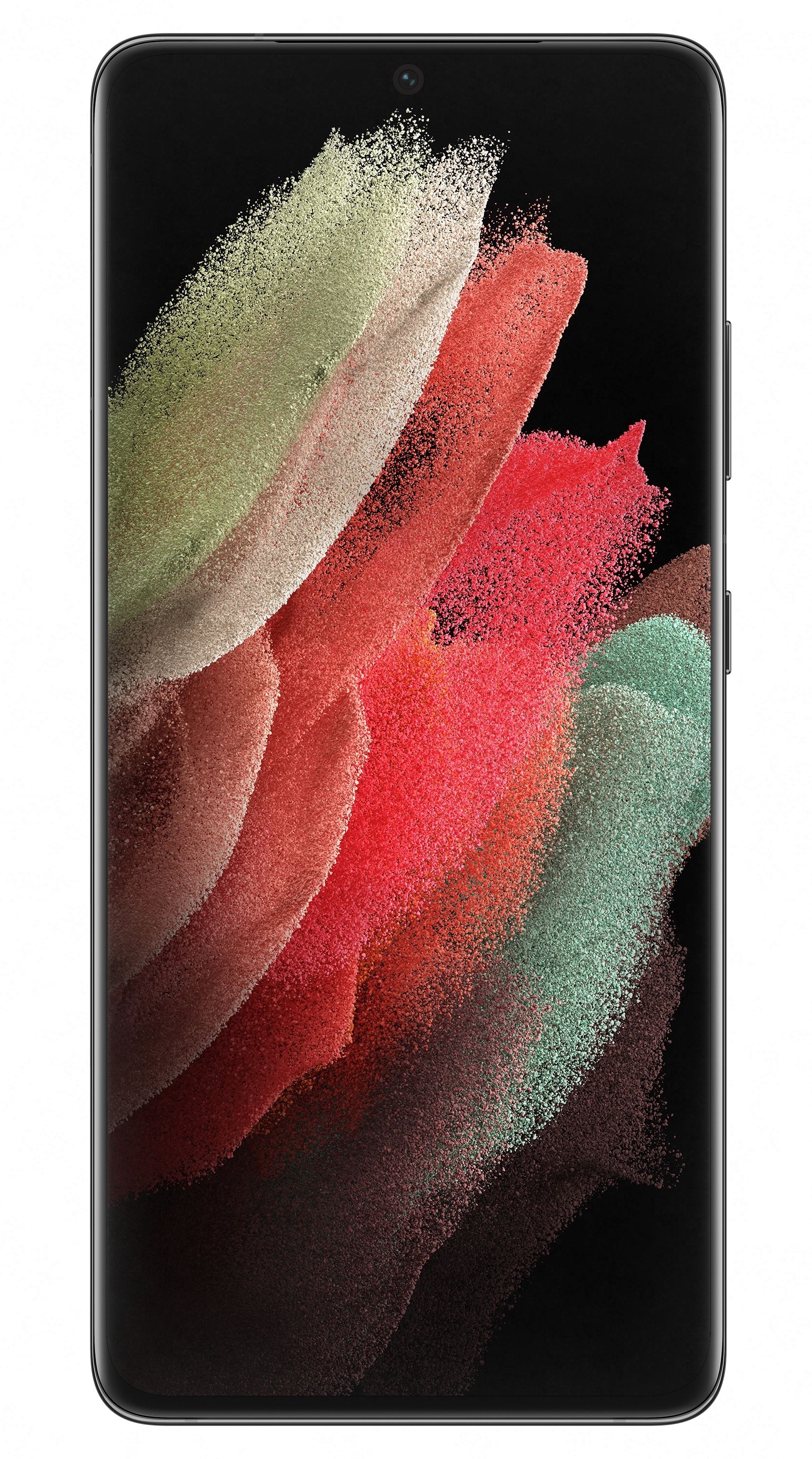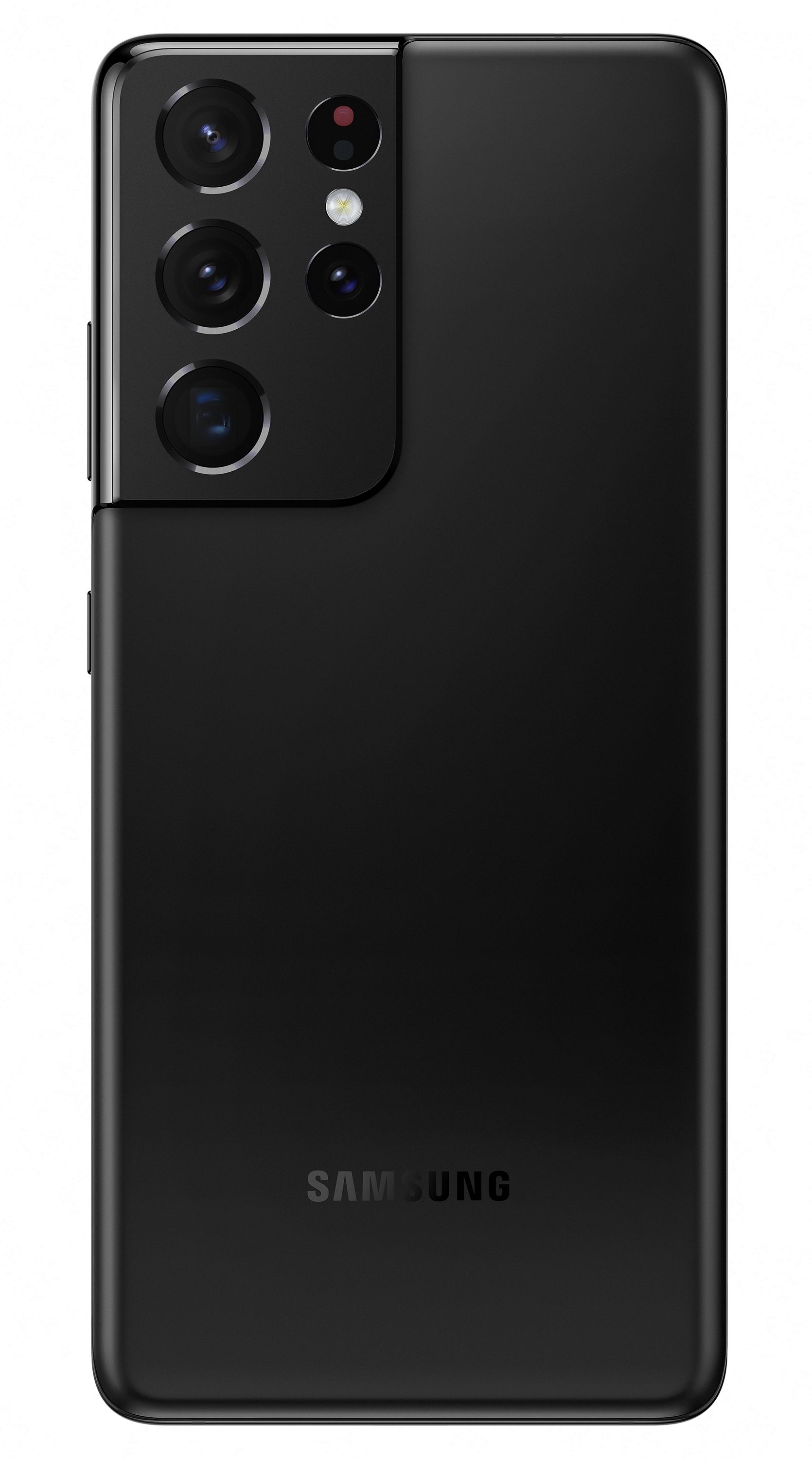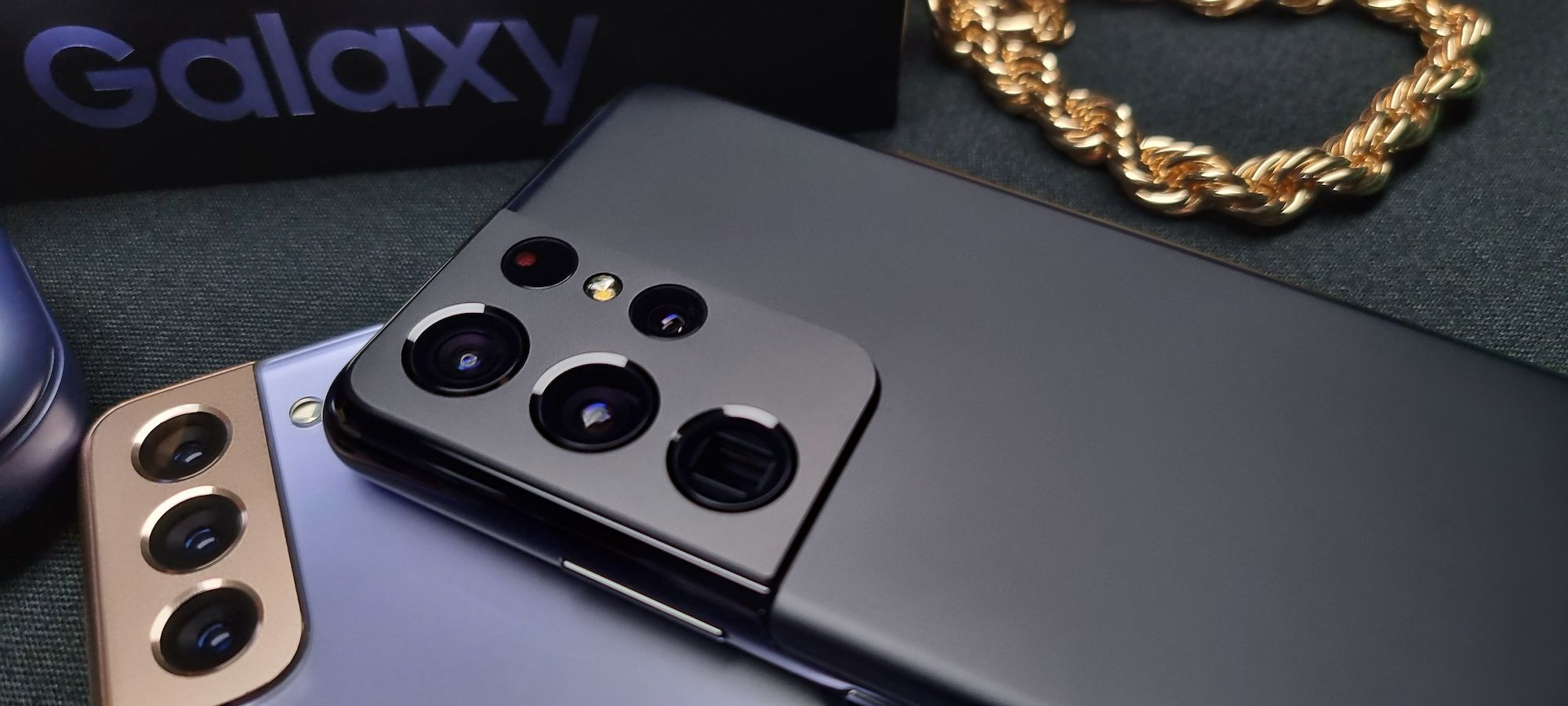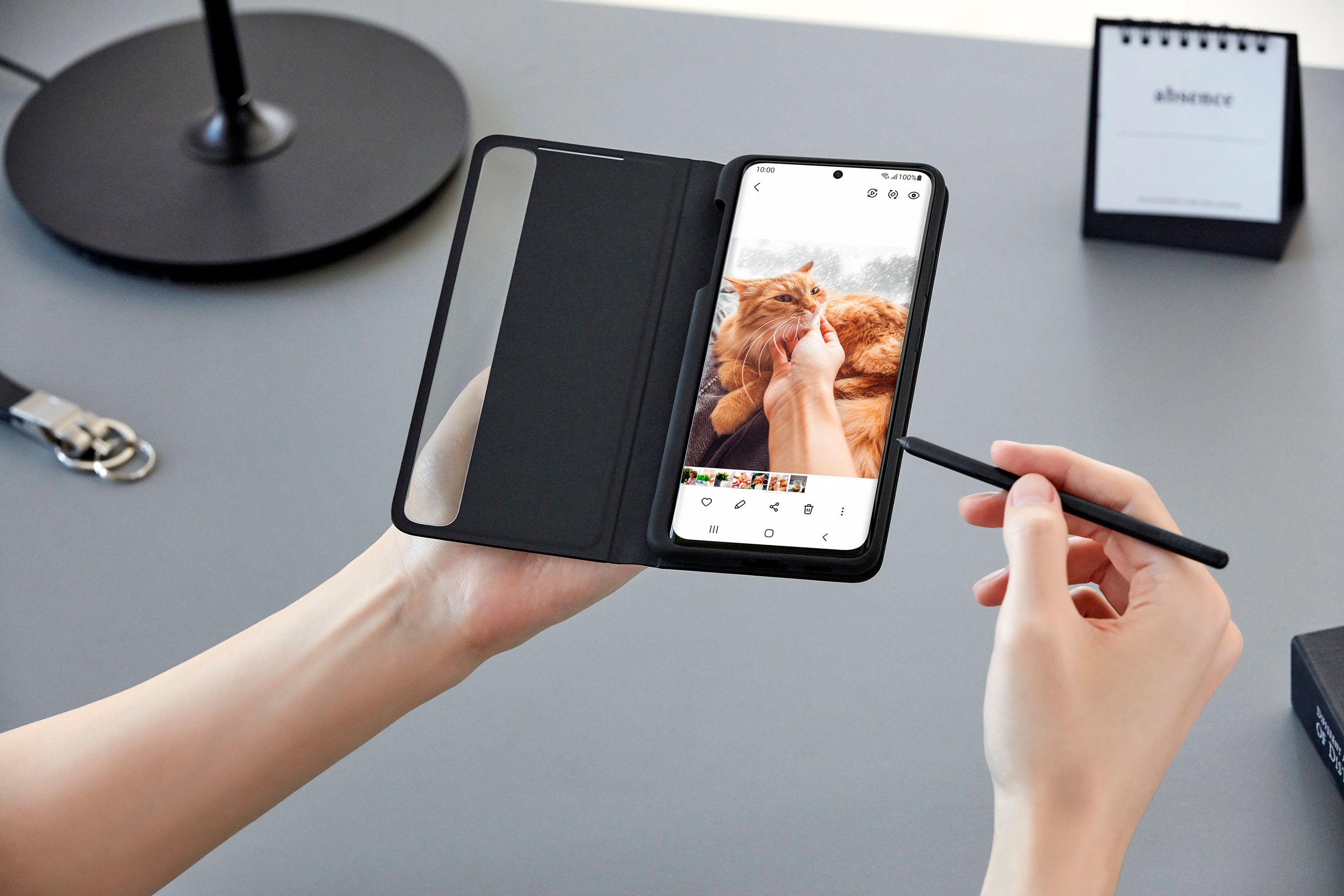The Samsung Galaxy S21 is available in three models, but what's the difference between the S21, S21+, and S21 Ultra? These phones share some core features but vary in terms of battery life, durability, camera quality, and usability.
So which of the Samsung Galaxy S21 series phones is right for you? Let's take a look at each one and find out!
Samsung Galaxy S21 vs. S21+ vs. S21 Ultra: The Basics
Before we dive into the differences between the three phones, let's quickly review what they all have in common.
All three phones are made with strong-but-lightweight aluminum frames and Gorilla Glass Victus displays. The new Victus glass claims double the scratch resistance of its predecessor, Gorilla Glass 6. However, scratch tests reveal that Victus glass scratches at the same level as any other glass.
The S21 series phones all received an IP68 rating for dust and water resistance. These are the highest possible ratings for these categories.
Software and Hardware
All three phones come with Android 11 pre-installed, as well as One UI 3.1. The S21 series also shares a chipset—either the Snapdragon 888 with Adreno 660 GPU, or the Exynos 2100 with the Arm Mali-G78 GPU, depending on where you are in the world.
The S21 and S21+ have 8GB of RAM, and your choice of either 128GB or 256GB of storage. The S21 Ultra improves on both of these: you can choose between 12GB and 16GB of RAM, and also pick up a model with 512GB of storage.
In all cases, you'll need to supply your own charger, since there isn't one in the box.
Price
Each step up in size costs $200 more, and the launch prices are:
- Galaxy S21: $799 for 128GB, $849 for 256GB
- Galaxy S21+: $999 for 128GB, $1049 for 256GB
- Galaxy S21 Ultra: $1199 for 128GB, $1249 for 256GB, $1399 for 512GB
Galaxy S21 vs. S21+ vs. S21 Ultra: Design and Durability
The base S21 model has the smallest changes from its predecessor, the S20. Like we noted when we asked if it was worth upgrading, it stays mostly par or even falls behind in some ways. The screen resolution has been lowered compared to the S20, for instance. However, the phone's battery, durability, and camera have stayed par for the course with no real need for improvement anyway.
The S21's 6.2-inch construction is the only one in the series that has a plastic back instead of a glass one. This means the back will scratch far more easily, but may be more drop proof.
The middle child of the S21 line, the S21+ is much like the base model, but kicked up a notch. It's a little bigger than the S21 base model at 6.7-inch. It has a backing made of Gorilla Glass Victus rather than plastic. This will resist scratching a lot better and add a more luxurious, weighty feel.
While the S21 and S21+ focus on small improvements on core features, the S21 Ultra dares to dream a little bigger. With boosts to the battery, major upgrades to the camera, and added usability options, it's a different beast entirely.
The S21 Ultra's construction is the same as the S21+, with a slightly larger 6.8-inch display. It has an aluminum frame with Gorilla Glass Victus on the front and back. Until manufacturers discover a material that's just as strong as glass or metal but more capable of absorbing impacts, you'll still need add a case.
Galaxy S21 vs. S21+ vs. S21 Ultra: Battery Life
Tests shows the S21 offers around 90 hours of battery life, the same as the S20 model. Its battery capacity is 4000mAh, which should be sufficient for the average phone user—and average usage is probably more intense than you think!
Even if you watch hours and hours of video, play some pretty intense mobile games, or spend even more time participating in voice or text chats, the S21 won't let you down.
With 800mAh more capacity, the S21+ offers over 110 hours of battery life. The less frequently you have to charge your phone, the longer it lasts, so this boost in capacity contributes to the battery's lifespan as well.
The Ultra has a whopping 1000mAh bigger battery compared to the base model, but tests suggest is has the same battery life as the S21+. However, if you practice good habits to preserve the battery, that extra capacity will help the Ultra last longer than many flagship phones.
Galaxy S21 vs. S21+ vs. S21 Ultra: Camera Quality
The biggest improvement in the S21 line is in the camera. We've come to expect some of the best smartphone cameras and crisp displays from Samsung, and although the Ultra is the undisputed champion here, the base model does not disappoint.
The S21 and S21+ both have a 64-megapixel telephoto lens with Optical Image Stabilization (OIS) and 3x optical zoom. This equips them to take clear, focused pictures even if you can't get up close or use a tripod. The iconic camera bump also houses a 12-megapixel wide-angle lens, also with OIS.
They also have a 12-megapixel ultra-wide lens that promises "Super Steady Video" recording. These features make smooth video and clear pictures a breeze even if you don't have accessories like tripods or gimbals.
But here is where the Ultra leaps ahead of the other S21 models. Bigger, faster, and stronger, the Ultra features improved focus, zoom, and picture quality. And of course, you can push it even further by adding one of the best camera apps. Let's take a look at the specs.
The S21 Ultra has four cameras. The wide-angle lens leaps from 12 megapixels on the S21+ to 108 megapixels on the Ultra. The difference is like night and day, though the lens size did shrink by two millimeters. However, this isn't enough to impact the quality to any noticeable degree.
The ultra-wide camera boasts the same 12-megapixel quality and 13-millimeter size as the other two models, but uses dual-pixel autofocus. A dual-pixel focus mechanism means that the camera uses two cameras to help find the focal point. The extra input helps the camera focus faster and more accurately.
Next to these are two 10-megapixel lenses. The massive 240-millimeter periscope telephoto lens allows for a close and crisp 10x optical zoom. Next to it is a slightly smaller 10-megapixel telephoto lens with 3x optical zoom. These lenses are both equipped with dual-pixel autofocus and OIS.
Video recording has the same industry-leading quality across all three devices. The selfie camera can record in 4K and 1080p at 60fps. The main camera's video quality ranges from 8K at 24fps to 720p at 960fps and uses gyroscopic image stabilization.
Galaxy S21 vs. S21+ vs. S21 Ultra: Usability
The Ultra has one other big trick up its sleeve: it's S-Pen compatible. If you haven't yet enjoyed a stylus-compliant smartphone, you might be surprised at how much faster and more precise your navigation can become. A stylus opens up more ways to use your phone, too. For instance, photo-editing becomes more precise.
This display is also the largest at 6.8-inch. This extra space gives you more room to work with and, in combination with the S-Pen, makes navigation a breeze.
The Best Galaxy S21 Model
As with anything, the perfect S21 model for you will depend on what you want out of the phone. Unless you're on a budget crunch, the S21+ is probably your best bet. While the improvements are subtle, the increased battery capacity and glass backing will help preserve the phone longer, and it won't break your budget.
If you really need a powerful camera and a big battery, the S21 Ultra is the obvious choice. Bringing stylus support to the S line is an exciting shift, too. However, all these extra features do come with a much higher price.
Once you've made your choice, check out our guide to the best accessories you can get for your Galaxy S21 phone.

